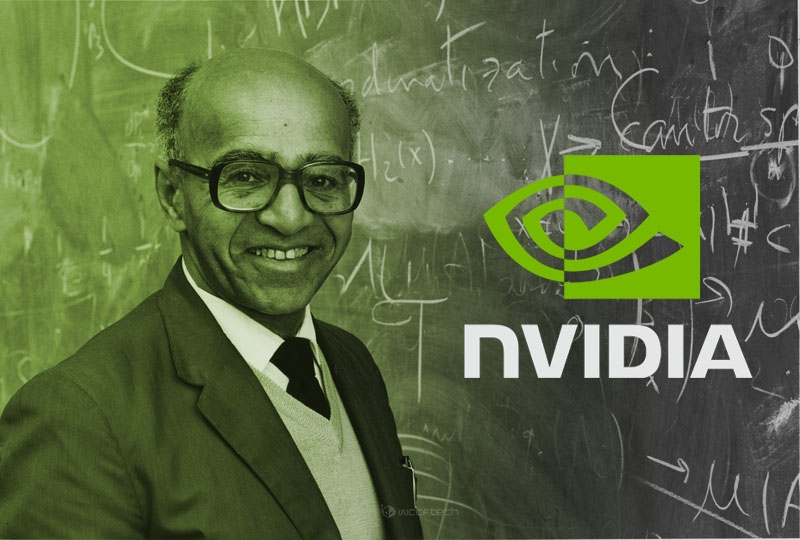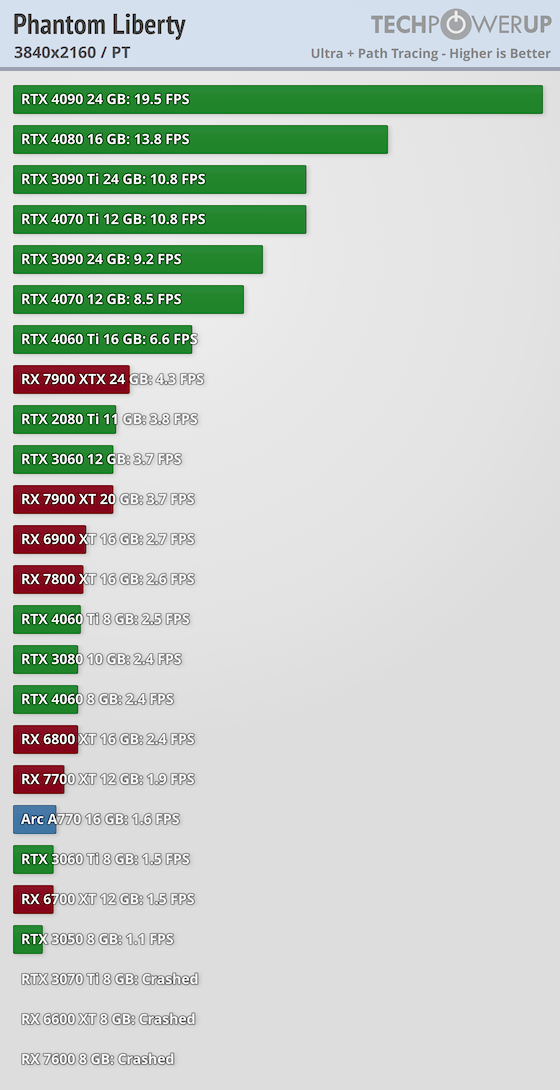Comixbooks
Fully [H]
- Joined
- Jun 7, 2008
- Messages
- 22,027

NVIDIA RTX 5000 GPUs could have GDDR7, 384-bit bus, and 2x performance compared to Lovelace
More rumors on NVIDIA's next-gen GPUs and how they could be a beefy upgrade over Lovelace - but the idea of a 512-bit bus has been dismissed.
https://www.tweaktown.com/news/9437...x-performance-compared-to-lovelace/index.html
Big Leak on Nvidia's next generation cards called Blackwell using GDDR7 Memory and GB202 GPU rumored 2024-2025
https://videocardz.com/newz/nvidia-...gpu-rumors-point-towards-gddr7-384-bit-memory
Last edited:
![[H]ard|Forum](/styles/hardforum/xenforo/logo_dark.png)



